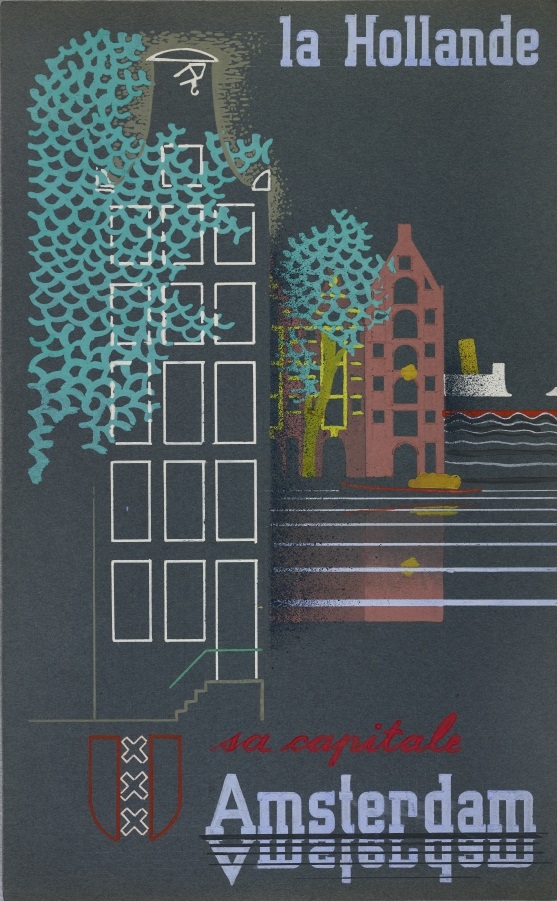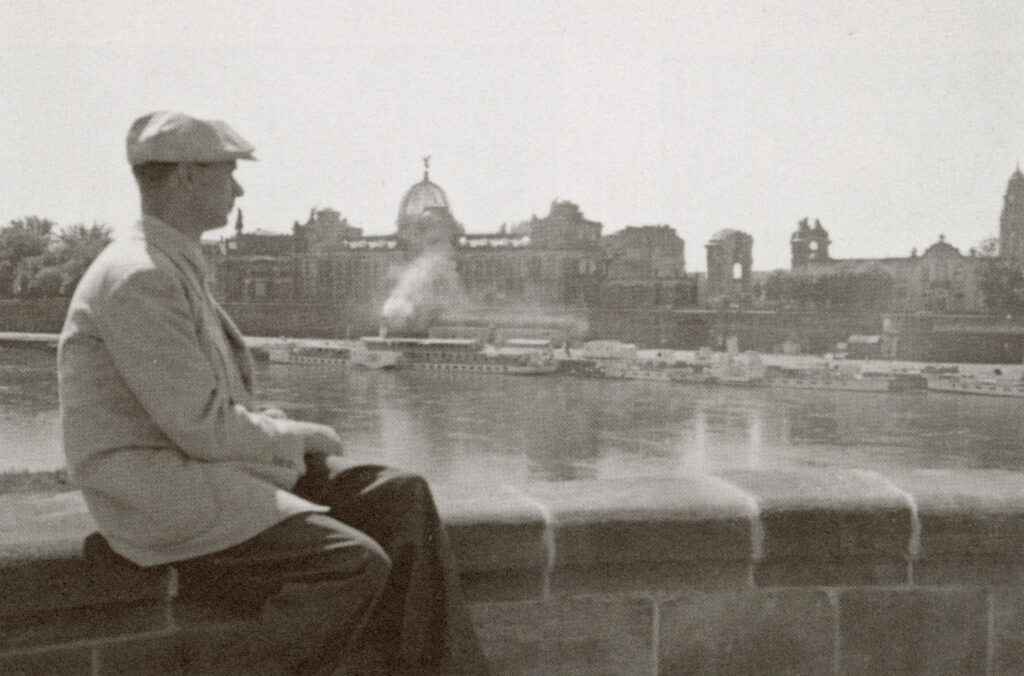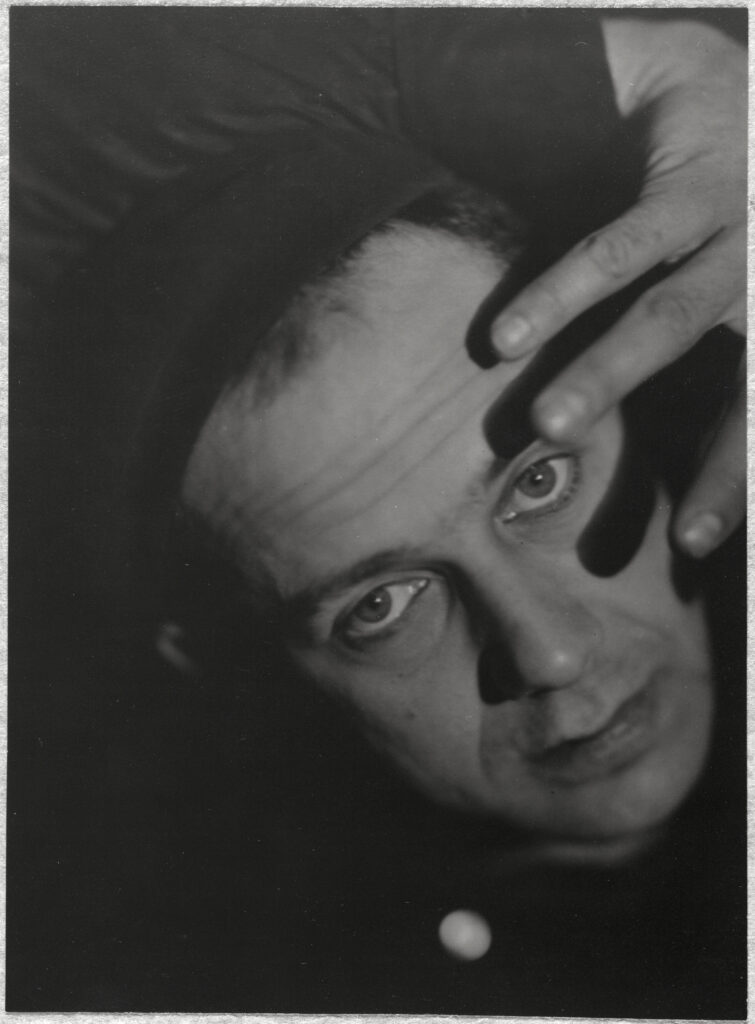The Nieuwe Kunstschool in Amsterdam was founded in 1933 by Paul Citroen together with the artists Jan Havermans and Charles Roelofsz. Citroen referred to the school as the “Little Bauhaus”. The school was active for just under ten years and was closed down in 1943 by the German occupying forces. The small institute, which did not have its own building, administration or financial means, essentially built on what Citroen had learned as a student at the Bauhaus Weimar. A childhood friend, the Bauhaus Master Georg Muche, had introduced Citroen to the Bauhaus, where Johannes Itten was to make a lasting impression on him.
Rather than offer a complete curriculum, the Nieuwe Kunstschool offered courses in individual subjects. In addition to the usual contents, new topics such as typography and fashion were taught. As such, the school was the first arts-based fashion school in the Netherlands. During its short lifetime, the Nieuwe Kunstschool was already a source of competition for the rather more conservative Instituut voor Kunstnijverheidsonderwijs (now the Gerrit Rietveld Academie). The tutors were not paid wages but received just the lesson fees that the students gave them. The initially successful school attracted a number of skilled teachers including Rachel Fernhout-Pellekaan, Eva Besnyö and Hajo Rose. The latter, a former Bauhausler and assistant to László Moholy-Nagy, arrived at the school in Amsterdam in 1934. There, he taught advertising graphics and typography and offered an optional preliminary course. After the war, Hajo Rose re-established himself in Germany and taught advertising art and lettering at the Dresden University of Fine Arts from 1949 to 1953.
Paul Citroen was one of the most important contacts in the Netherlands for many émigré artists, Hajo Rose included. After the war, Paul Citroen again established contact with many former Bauhauslers and returned as a lecturer to the Royal Academy of Art The Hague.


